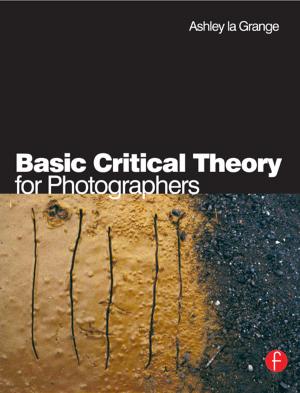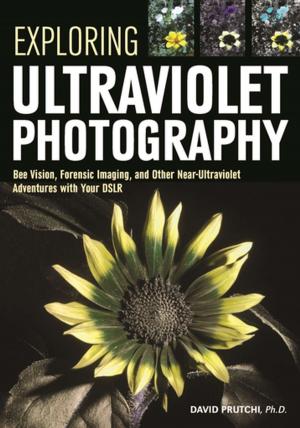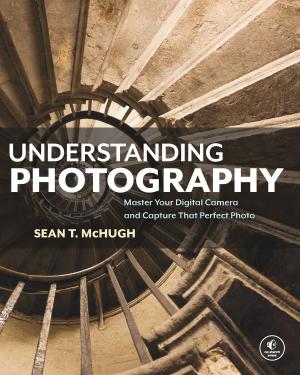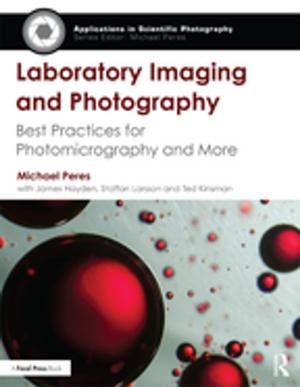Learn Digital Photography: Traditional and Underwater
Nonfiction, Art & Architecture, Photography, Equipment & Techniques, Techniques| Author: | Shai S Bitton | ISBN: | 9781466166011 |
| Publisher: | Shai S Bitton | Publication: | January 8, 2012 |
| Imprint: | Smashwords Edition | Language: | English |
| Author: | Shai S Bitton |
| ISBN: | 9781466166011 |
| Publisher: | Shai S Bitton |
| Publication: | January 8, 2012 |
| Imprint: | Smashwords Edition |
| Language: | English |
Digital Photography
Although in some places you’ll encounter film. That's the past. Digital has taken over. Technology has enlaced the capabilities in photography tasks. By opening the gates to edit, print what you want, share, enhance or anywhere, anytime.
Traditional: Photography,is limited to above sea. Underwater is limited to below sea. Traditional offers a vast area to explore in contrast to underwater. Although both types of photography are fascinating; to justify between them is very hard.
Traditional and Underwater: Type of photography: Landscape, Nature, Marine life, Underwater, Ships, Yachts, Birds, Reptiles, Mammals, Animals, people, places, things, furniture, objects, Architecture, Buildings, Cars, Fashion, Merchandise, Houses, Property, Land, Jewellery, Marketing, Publications, Advertisement, Sales, This list is expandable to 1000’s of categories and subcategories. Incorporated in one eBook covering traditional and underwater photography.
The casual or hobby photographer: For those that own a camera and are using to take photos of vacations and the family, places they've been things they saw. On a daily bases or on occasion; while on vacation or special happening.
The Novis photographer: Is one that has starting to get into photography? Now is found in the midst of defining which direction to pursue. As this can be a very difficult choice to choose. Photography has thousands of areas to select. With such an array of options selecting them is a challenge. Needless to say some have their passion set on at instant. As I have chosen to follow in the direction of the Underwater Photography. The way I chose this option is because as a professional in the scuba diving field. The choice was defined in simplicity. If you’re a diver the choice may be set halfway already.
The Amateur photographer: At this stage the majorities are exploring their options. They have invested in semi professional or even professional camera system. Find themselves overwhelmed by their investment. The enhanced features, the slick design, the excitement of the technology in the equipment. The vast options to select from the array of photography gear. The camera and lens are the top priority. In these options alone there is over dozens of choices. That can start from $1,000 to over $10,000. The amateur photographer is a candidate apprentice where they Straus there stuff. Shoot and shoot until a light bulb lights to find there calling. However some have their mind set on the type of photography they wish to pursue. At this stage they are experimenting with their investment; to master the skill and technique. That’ll take them up the ladder to the professional level.
The semi to professional photographer: The semi photographer has some experience in their field of interest. The amateur is in the stage of seeking opportunities; as a professional photographer. As every graduate must go through apprenticeship this is the stage for a photographer. How one goes about to get to their destination differs between individuals. A professional photographer is both a photographer and an entrepreneur. Representing them self. Similar to an artist or actor, although a photographer has it easier to reach success than that of the two mentioned.
As professional photographers the main issues is to get noticed. To sell you work to the market. Chapter 8 Entails in depth information and alleys to channel you in the direction required. How to! Promote your work; get connected with customers, Where to publish your work, and how to market yourself and work. Over 20 years ago to get in contact with people was hard. A photographer’s main concern is to sell their work. The channels available to get those contacts is an ease; in comparison to two decades ago. With guidance and practice mastering this Chapter is the main key to success. The rest is up to you…
Digital Photography
Although in some places you’ll encounter film. That's the past. Digital has taken over. Technology has enlaced the capabilities in photography tasks. By opening the gates to edit, print what you want, share, enhance or anywhere, anytime.
Traditional: Photography,is limited to above sea. Underwater is limited to below sea. Traditional offers a vast area to explore in contrast to underwater. Although both types of photography are fascinating; to justify between them is very hard.
Traditional and Underwater: Type of photography: Landscape, Nature, Marine life, Underwater, Ships, Yachts, Birds, Reptiles, Mammals, Animals, people, places, things, furniture, objects, Architecture, Buildings, Cars, Fashion, Merchandise, Houses, Property, Land, Jewellery, Marketing, Publications, Advertisement, Sales, This list is expandable to 1000’s of categories and subcategories. Incorporated in one eBook covering traditional and underwater photography.
The casual or hobby photographer: For those that own a camera and are using to take photos of vacations and the family, places they've been things they saw. On a daily bases or on occasion; while on vacation or special happening.
The Novis photographer: Is one that has starting to get into photography? Now is found in the midst of defining which direction to pursue. As this can be a very difficult choice to choose. Photography has thousands of areas to select. With such an array of options selecting them is a challenge. Needless to say some have their passion set on at instant. As I have chosen to follow in the direction of the Underwater Photography. The way I chose this option is because as a professional in the scuba diving field. The choice was defined in simplicity. If you’re a diver the choice may be set halfway already.
The Amateur photographer: At this stage the majorities are exploring their options. They have invested in semi professional or even professional camera system. Find themselves overwhelmed by their investment. The enhanced features, the slick design, the excitement of the technology in the equipment. The vast options to select from the array of photography gear. The camera and lens are the top priority. In these options alone there is over dozens of choices. That can start from $1,000 to over $10,000. The amateur photographer is a candidate apprentice where they Straus there stuff. Shoot and shoot until a light bulb lights to find there calling. However some have their mind set on the type of photography they wish to pursue. At this stage they are experimenting with their investment; to master the skill and technique. That’ll take them up the ladder to the professional level.
The semi to professional photographer: The semi photographer has some experience in their field of interest. The amateur is in the stage of seeking opportunities; as a professional photographer. As every graduate must go through apprenticeship this is the stage for a photographer. How one goes about to get to their destination differs between individuals. A professional photographer is both a photographer and an entrepreneur. Representing them self. Similar to an artist or actor, although a photographer has it easier to reach success than that of the two mentioned.
As professional photographers the main issues is to get noticed. To sell you work to the market. Chapter 8 Entails in depth information and alleys to channel you in the direction required. How to! Promote your work; get connected with customers, Where to publish your work, and how to market yourself and work. Over 20 years ago to get in contact with people was hard. A photographer’s main concern is to sell their work. The channels available to get those contacts is an ease; in comparison to two decades ago. With guidance and practice mastering this Chapter is the main key to success. The rest is up to you…















